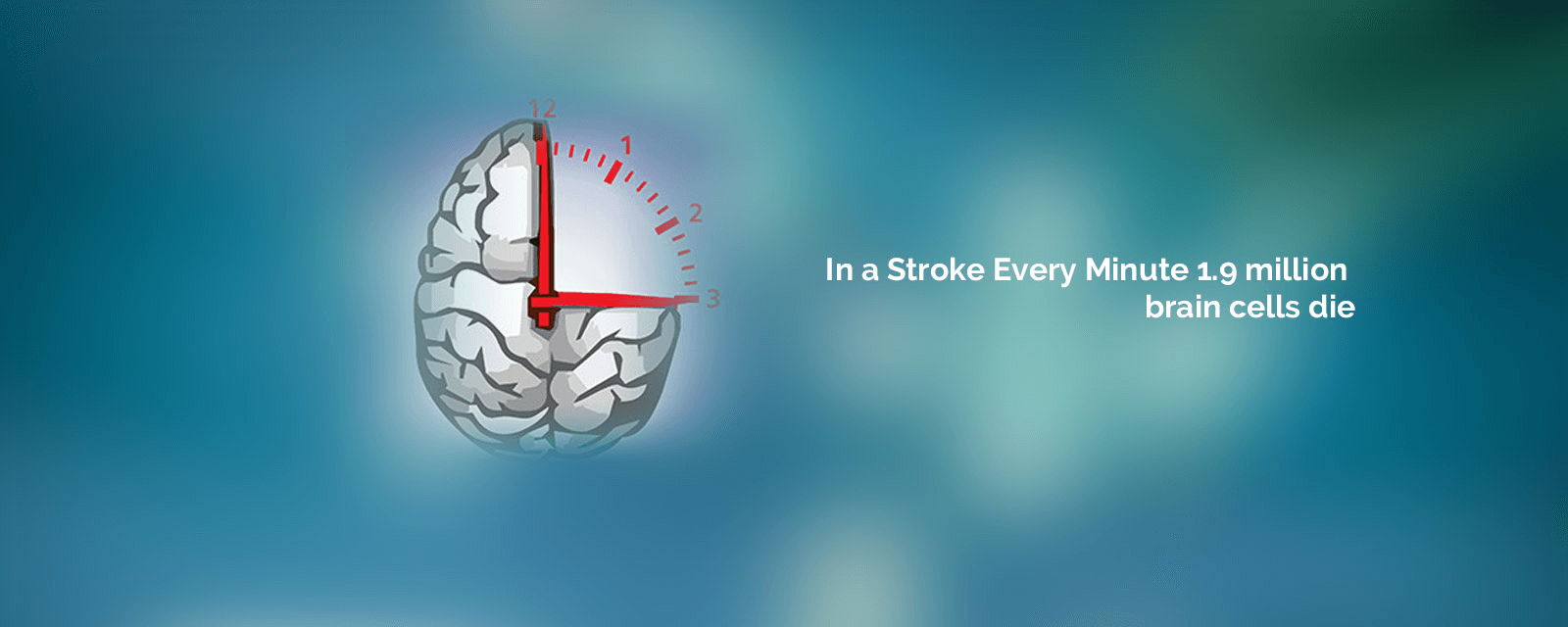Strokes happen fast and will often occur before an individual can be seen by a doctor for a proper diagnosis.
F.A.S.T. is a way to remember the signs of stroke, and can help identify the onset of stroke more quickly:
- Face drooping: if the person tries to smile does one side of the face droops
- Arm weakness: if the person tries to raise both their arms does one arm drift downwards
- Speech difficulty: if the person tries to repeat a simple phrase is their speech slurred or strange
- Time to call: if any of these signs are observed, contact the emergency services.
The faster a person with suspected stroke receives medical attention, the better their prognosis and the less likely they will be to experience lasting damage or death. In order for a stroke patient to get the best diagnosis and treatment possible, they will need to be treated at a hospital within 3 hours of their symptoms first appearing.
There are several different types of diagnostic tests that doctors can use in order to determine which type of stroke has occurred:
- Physical examination: a doctor will ask about the patient’s symptoms and medical history. They may check blood pressure, listen to the carotid arteries in the neck and examine the blood vessels at the back of the eyes, all to check for indications of clotting.
- Blood tests: a doctor may perform blood tests in order to find out how quickly the patient’s blood clots, the levels of particular substances (including clotting factors) in the blood, and whether or not the patient has an infection.
- CT scan: a series of X-rays that can show hemorrhages, strokes, tumors and other conditions within the brain.
- MRI scan: radio waves and magnets create an image of the brain to detect damaged brain tissue
- Carotid ultrasound: an ultrasound scan to check the blood flow of the carotid arteries and to see if there is any plaque present.
- Cerebral angiogram: dyes are injected into the brain’s blood vessels to make them visible under X-ray, in order to give a detailed view of the brain and neck arteries.
- Echocardiogram: a detailed image of the heart is created to check for any sources of clots that could have traveled to the brain to cause a stroke.



 Call us at
Call us at